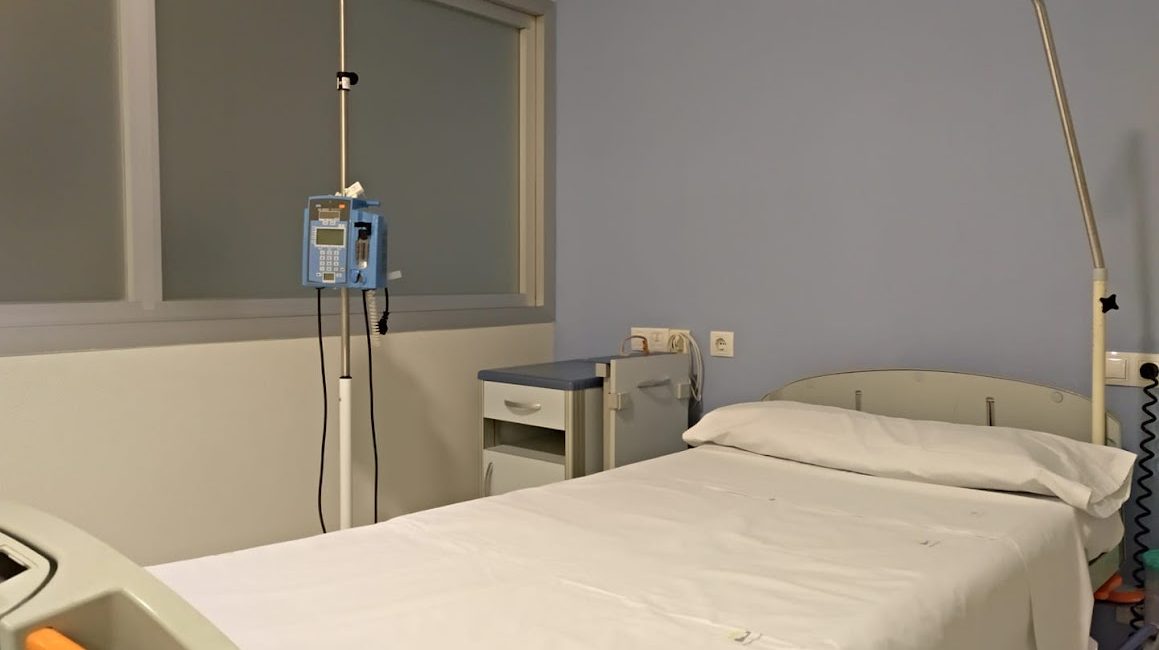As part of a plan to modernise its healthcare infrastructure, Torrevieja University Hospital recently updated 100 of its state-of-the-art inpatient beds. The entire amount of money invested is €309,819, which includes VAT. There are more than 270 beds at the healthcare centre. These include beds for normal inpatient care as well as beds in the ICU, Psychiatric, and Paediatrics departments. The expenditure has enabled the renovation of 40% of the total inpatient beds. Some of these beds have been in use for more than 15 years.
Distribution
The new beds, which are spread out across the hospital’s several units, have sophisticated ergonomics, mobility, and pressure injury prevention systems. The health centre says these make “patient comfort and the work of the healthcare staff” easier. The Intensive Care Unit has also gotten four high-tech critical care beds, which makes it better able to handle complicated medical circumstances. There are 18 beds, which keeps the same number of beds available for this service.
Still single rooms
These beds are only for people who are about to be admitted. Torrevieja University Hospital still uses the single-room model in the general admissions section, even though it is now run directly by the government instead of being a private concession. Each room, with a few exceptions, includes one bed for a patient and one for a family member or friend.
The 2024 Management Report says that the centre treated 14,163 hospital admissions, which is a little less than the 14,521 from the previous year. This meant that the bed occupancy rate went down to 83.45%, which is almost five percentage points lower than the 88.16% rate from 2023. There were 83,549 stays, with an average stay of 6.62 days per patient, which is a little less than the 6.65 days from the year before. The readmission rate after 30 days was 8.44%, which is the same as it was in 2023.
The Department of Health’s Management in 2024, in numbers
In 2024, the Torrevieja Health Department served a protected population of 215,558 individuals. This was more than 8,000 persons more than the previous year. The management report says that this protected group has the highest percentage of people over 65 years old (28.8%) and foreign residents (51%) in the whole Valencian Community. This means that they need care “with complex clinical profiles and severe pressure on health services.”
The department’s entire budget was €233 million, which is 6.42% more than in 2023. More than half of this money (51.3%) went to paying staff. The number of employees grew by 211, bringing the total to 2,206, 70.2% of whom are women.
There were about 1.8 million visits to Primary Care, with over 286,000 of them being within regular office hours. The hospital was also very busy: 244,821 outpatient consultations were held, with an average wait time of 59 days; 10,854 surgeries were done, with an average wait time of 64 days, which is much shorter than the regional average; and 14,163 admissions were recorded, with an average stay of 6.62 days. The Home Hospitalisation Unit also cared for more than 700 patients, most of whom were under palliative care. The emergency room handled 83,682 hospital stays.









No Comment! Be the first one.